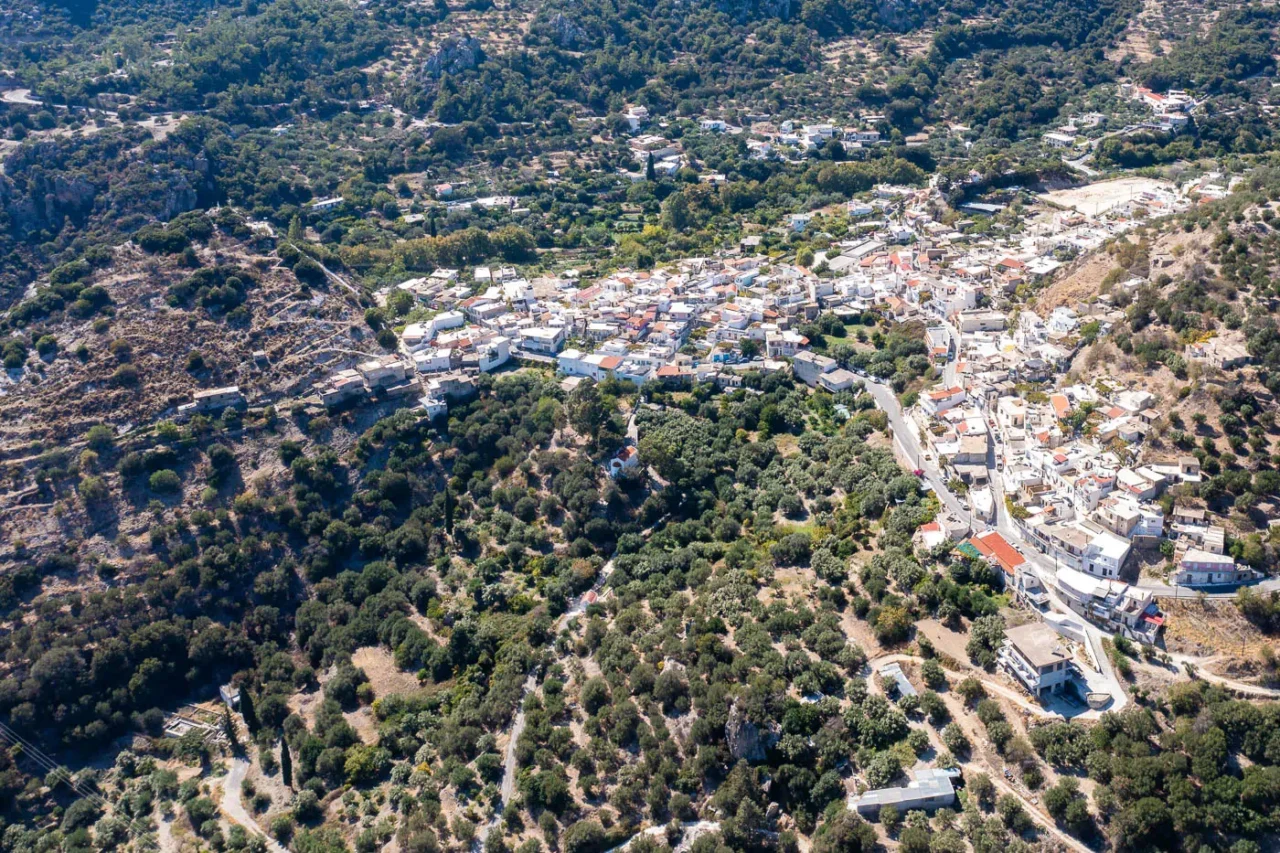
Kalamafka is a village in the Ierapetra municipality on the eastern side of Crete, Greece. It is situated at an altitude of 500 meters on the eastern foothills of the Lasithi Mountains, approximately 13 kilometers northwest of Ierapetra.
History
Ancient Era The area has been inhabited since the Minoan period. Archaeological evidence at Meso-Kastela indicates settlement as far back as 1100 BC, and a Minoan villa has been discovered at Kissos. A bronze statuette dedicated to the god Asclepius, found on Kastelos hill, suggests the presence of an ancient Greek sanctuary. Extensive remains on Kastelos hill point to a significant ancient settlement dating from the Geometric to Roman periods. This settlement is believed to be the ancient city of Larisa.
Venetian and Ottoman Periods Venetian records from 1577 mention Kalamafka (as Calamafca). Later censuses during both Venetian and Ottoman rule document the village and its population.
Demographics
Kalamafka has experienced population fluctuations throughout its history. Census data reveals a peak population in the mid-20th century, followed by a decline.
Year |
Population |
|---|---|
1900 |
541 |
1920 |
650 |
1928 |
776 |
1940 |
1012 |
1951 |
1138 |
1961 |
1100 |
1971 |
702 |
1981 |
777 |
1991 |
590 |
2001 |
488 |
2011 |
425 |
2021 |
359 |
Landmarks and Features
Natural Environment Kalamafka is known for its natural springs and the Kalamafkianos River, which flows through the village. The Kefalovrysi area, with its springs and plane trees, is a notable natural spot. The village is located near the imposing 200-meter Kastelos hill, topped with the Church of the Holy Cross (Timios Stavros), accessible by a staircase of 248 steps. The nearby Havgas Gorge offers scenic hiking opportunities.
Religious Sites In addition to the Church of the Holy Cross on Kastelos hill, Kalamafka has several other churches. The Church of Agios Antonios, the village’s patron saint, features intricate wood carvings. The post-Byzantine churches of Agios Georgios and Timios Stavros, located in Kastelena, are known for their well-preserved frescoes.
Community The Kalamafka community also includes the smaller settlements of Kamara and Psathi.
Village Key Points
- Historical References: Minoan era, Venetian and Ottoman records
- Location: Eastern foothills of the Lasithi Mountains, 13 km from Ierapetra, Crete, Greece
- Elevation: 500 meters
- Historical Significance: Ancient settlement (possibly Larisa), continuous habitation for thousands of years
- Population: 359 (2021 census)
- Current Status: Active village with a focus on agriculture, tourism, and preservation of its natural and historical heritage
Access
Kalamafka is 10.5 kilometers away from the town Ierapetra and 6.6 kilometers away from Males













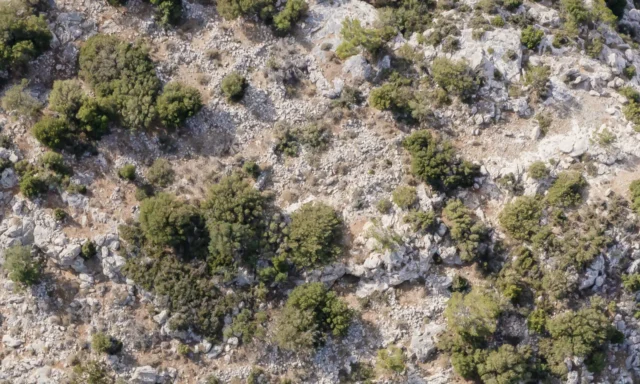



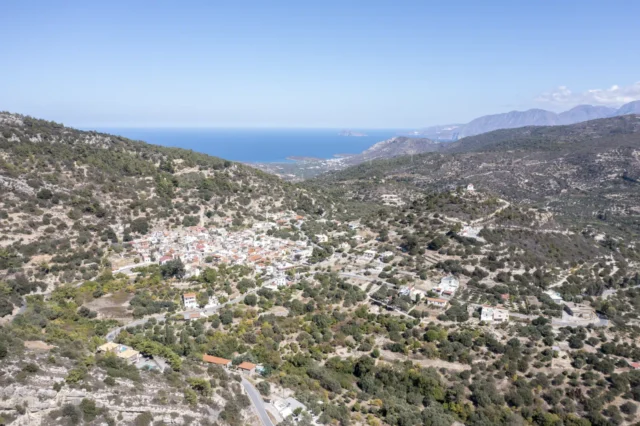


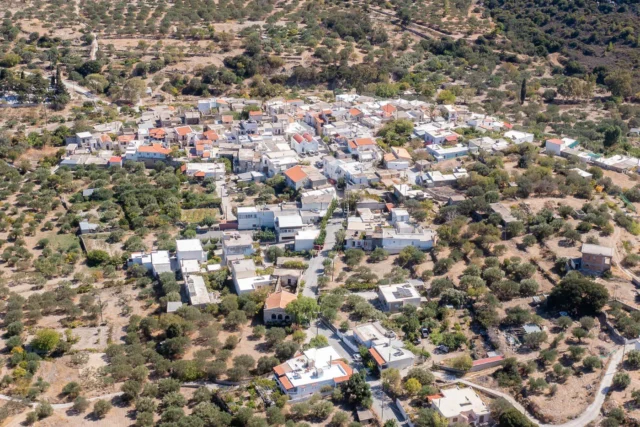
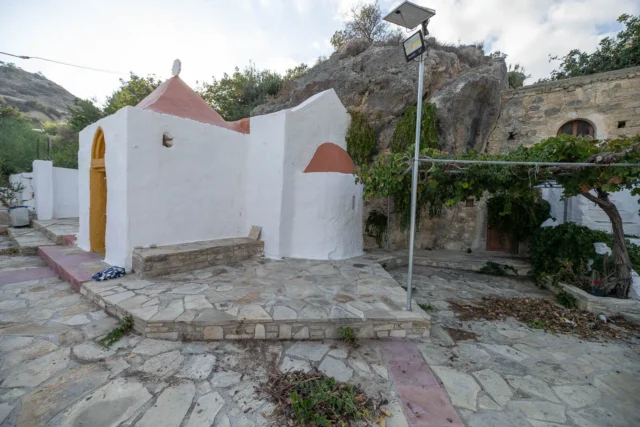

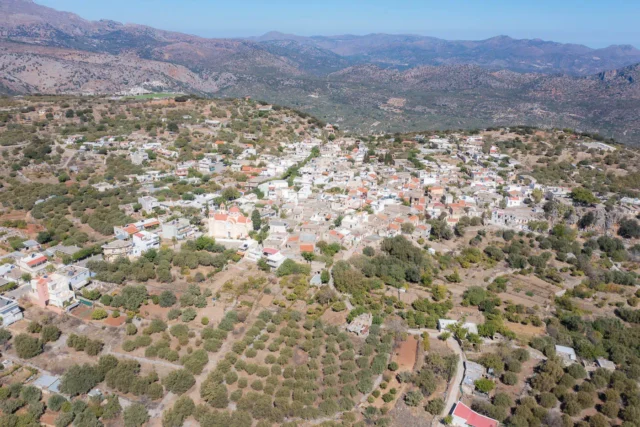
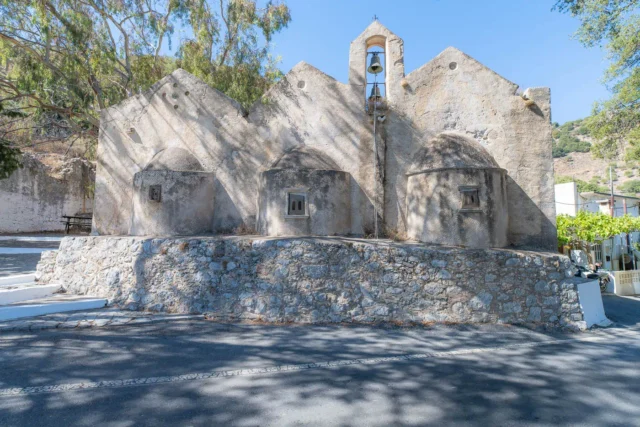
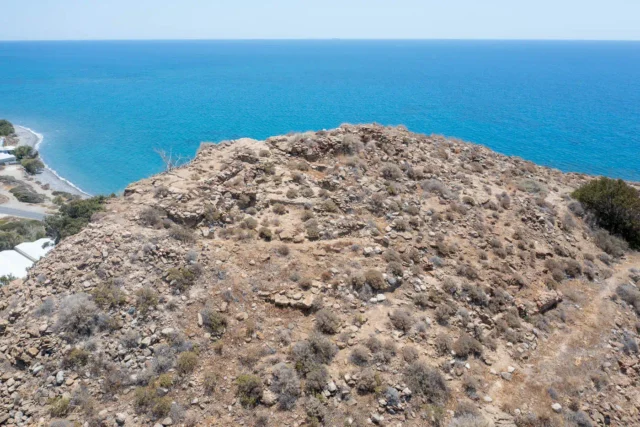
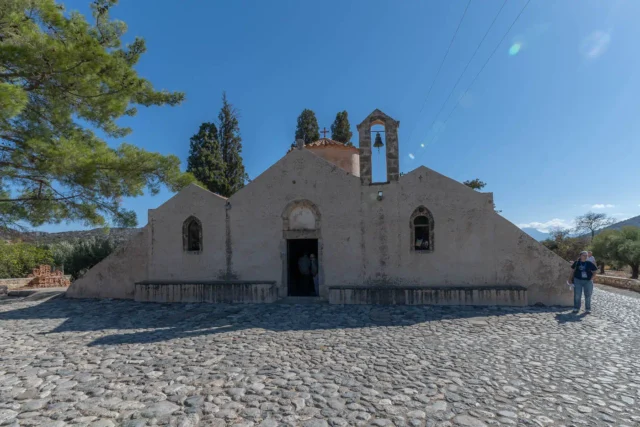

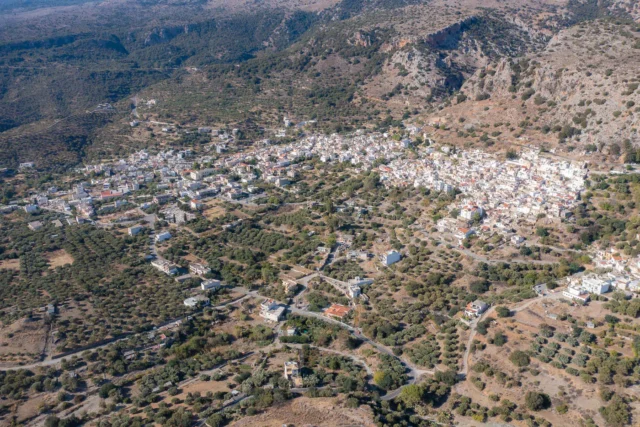
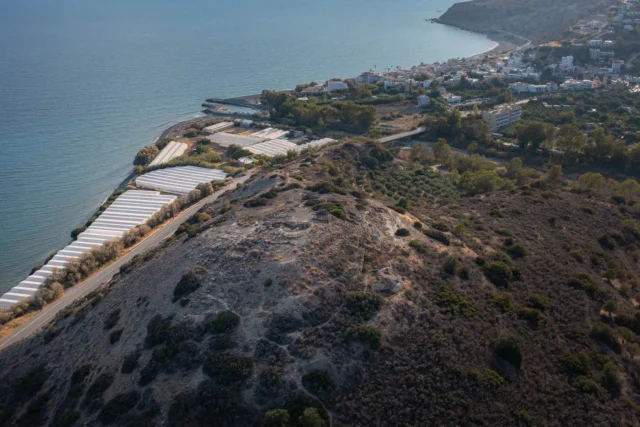

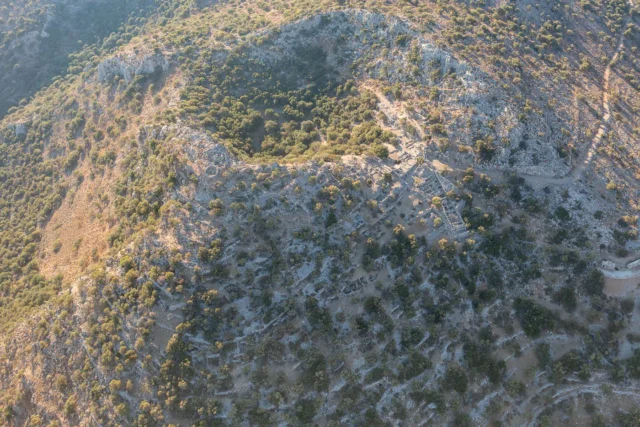

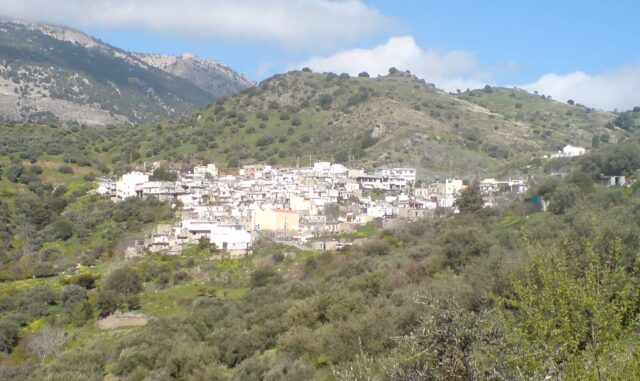

There are no comments yet.